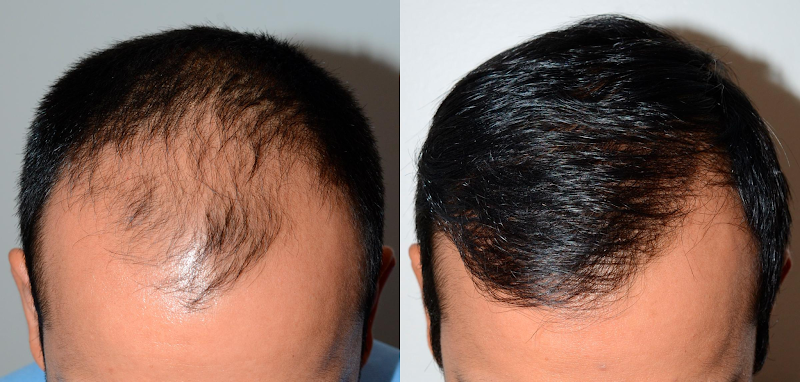Understanding Hair Transplants
Well, before getting down to detail, let us first understand what a hair transplant is. Put in simple terms, a hair transplant is a surgical process in which one transposes hair follicles from one area of the body to the areas that are either thinning or going bald. If done right, it should give the individual a fully natural appearance.
Follicular Unit Extraction (FUE)
FUE stands for Follicular Unit Extraction. It is a form of advanced hair transplantation method where individual hair follicles are extracted. The FUE method is not intrusive and has less scarring compared to the previous technique. It is well-suitable for those who want minimum recovery time and have something that is not overt or obvious.
Follicular Unit Transplantation:
On the other hand, in FUT, a strip of the scalp is removed from the donor area and then dissected into follicular units. This technique could sometimes produce a higher number of grafts in a session but may also yield a more noticeable scar.
Factors to Consider
1. Your Goals
What are you expecting from a hair transplant? Do you want full hair, or just fill in spots where the hair is thinning? The more you know your expectations, the better you and your surgeon will be able to devise a customized plan for you. Be honest with yourself about your expectations because outcomes vary from case to case.
2. Hair Type and Pattern of Hair Loss
Your hair type and pattern of hair loss determine the best course of action for you. For example, if your hair is fine or if it is a specific type of baldness, FUE might be more suitable for you. If you have a denser hair type, then FUT might work better. A qualified surgeon will give you insight into the best method for your situation.
3. Age and Health
Your age and general health can determine the success of the procedure. Younger patients may not be the best candidates for a hair transplant because their hair loss pattern may have yet to develop fully. Health conditions, especially those that affect blood circulation or skin integrity, should also be considered. Always disclose your medical history to your surgeon.
4. Recovery Time
Be aware of the recovery process. FUE is recovered much faster as compared to FUT. Most patients get back to all their normal activities within a few days following an FUE procedure. Following a FUT hair transplant procedure, a person may have to stay off work for more days since more incisions would be created, and the healing time for that, too, would be long.
5. Costs and Funding Options
Hair transplants are costly, especially if you are in the UK, where prices vary quite significantly. You can expect to pay between £3,000 and £10,000, depending on the extent of your hair loss and the technique used. Discuss costs upfront and discuss financing options if necessary. After all, this is an investment in yourself.
6. Choosing the Right Clinic
Research first! Not all clinics are equal. Make sure they have experience in surgery, positive feedback from past patients, and a good reputation for their facility. Ask the surgeon to see some examples of patients’ pictures and consult different places so that you get one that works best for you.
7. Aftercare and Maintenence
Post-procedure care is essential to ensure the best possible outcome. Your surgeon will give you specific aftercare instructions, including how to wash your hair and what medications to take. Closely following these guidelines can help minimize complications and promote healthier hair growth. Consider whether you’ll need ongoing treatments or medications to maintain your new look.
8. Possible Risks and Complications
As with any surgical procedure, there is a possibility of complications in hair transplants. Infections, scarring, and unnatural-looking hair growths can all be potential complications. Talk to your surgeon about these risks and see what you can do to prevent them. Information like this will set the stage for realistic expectations and better prepare you for whatever happens.
Conclusion
A hair transplant can be a life-changer, but it does not happen overnight. For sure, it calls for serious consideration of what one would like to achieve out of the procedure, about their type of hair and age and health, too, in addition to their recovery process and costs and aftercare. Proper research, as well as consultation with some qualified professionals, will ensure appropriate decisions for your benefit.
Again, it does not matter between FUE and FUT. Whichever it will be, it has to serve a purpose to the one receiving the transplant so the result, with appropriate application, will help strengthen one’s hair and reinstall one’s confidence to become confident again for that piece of personal confidence.








